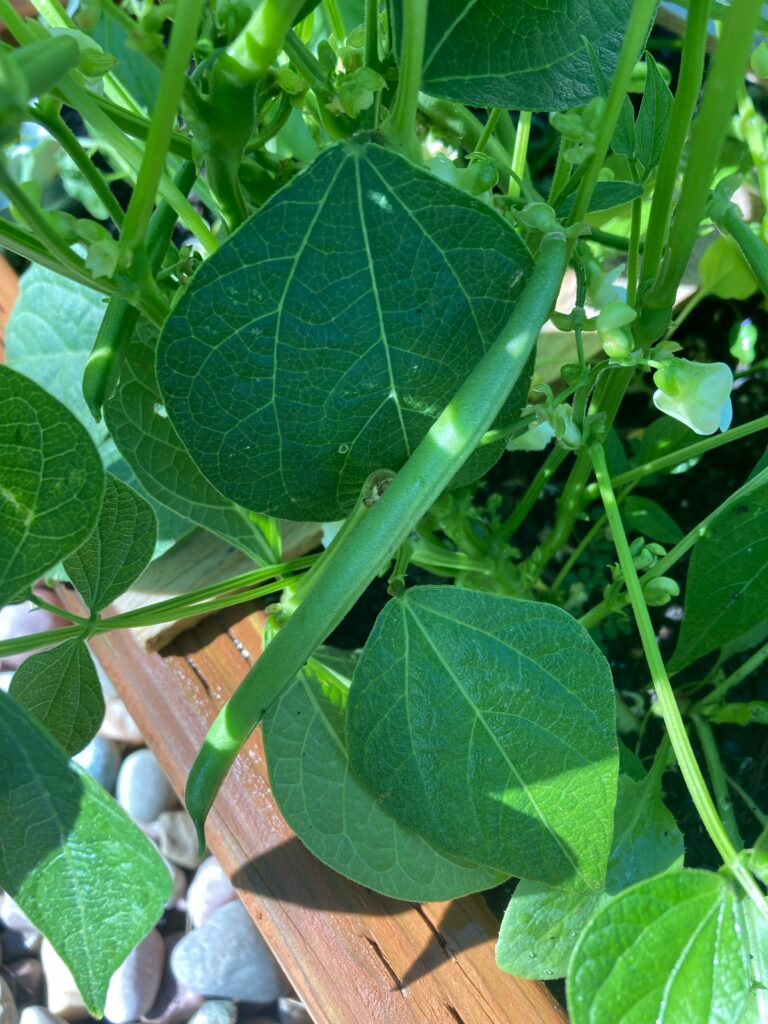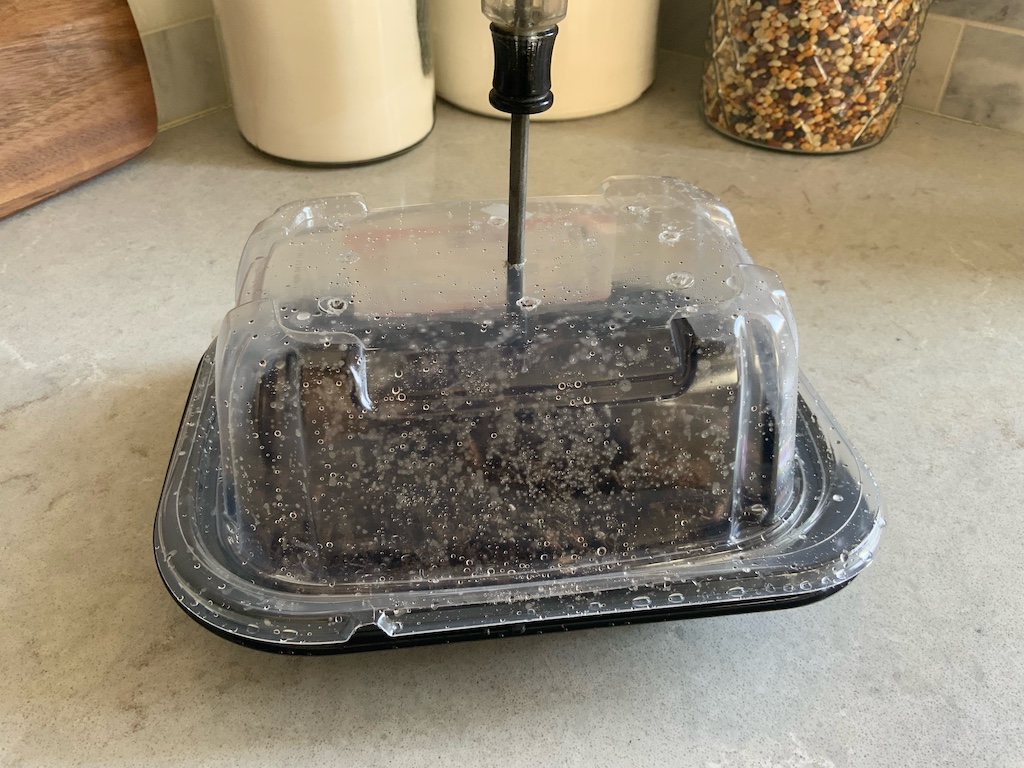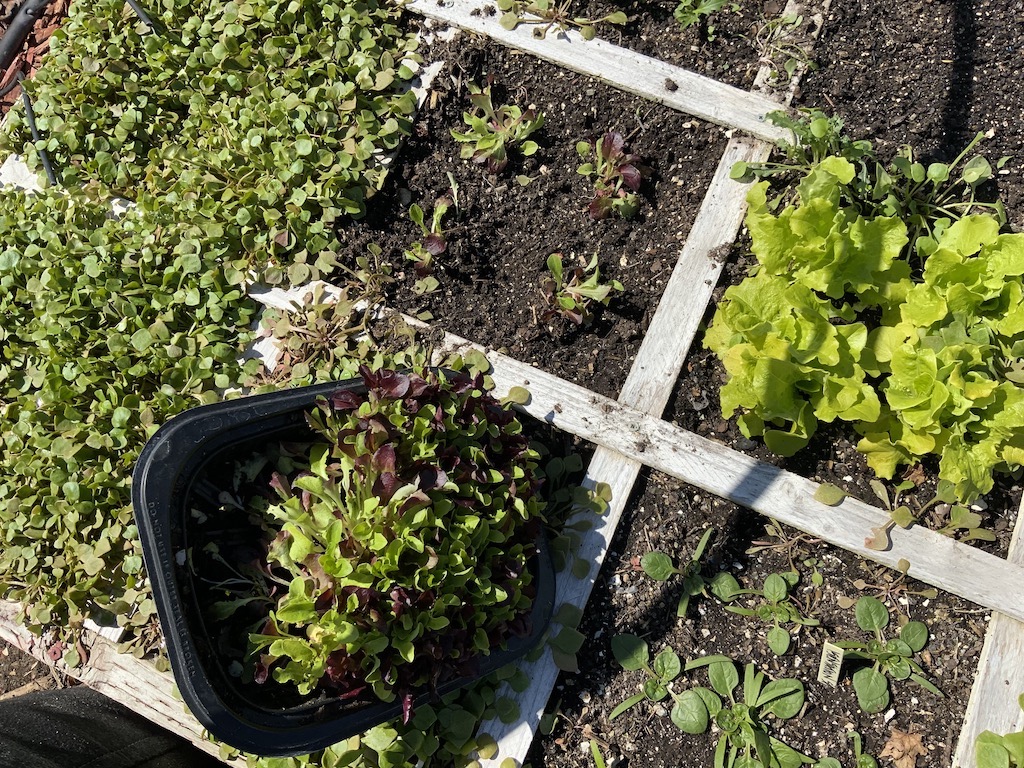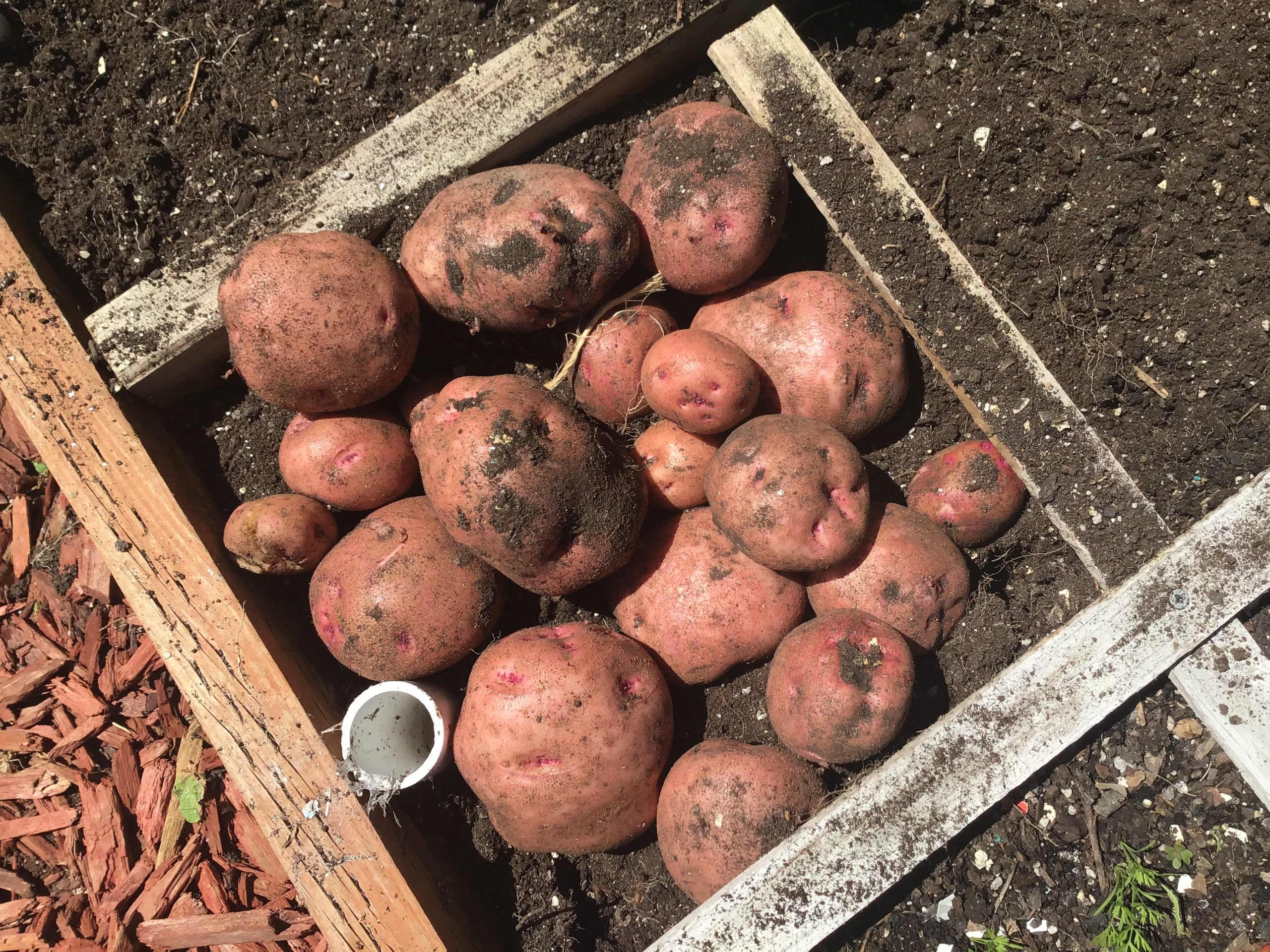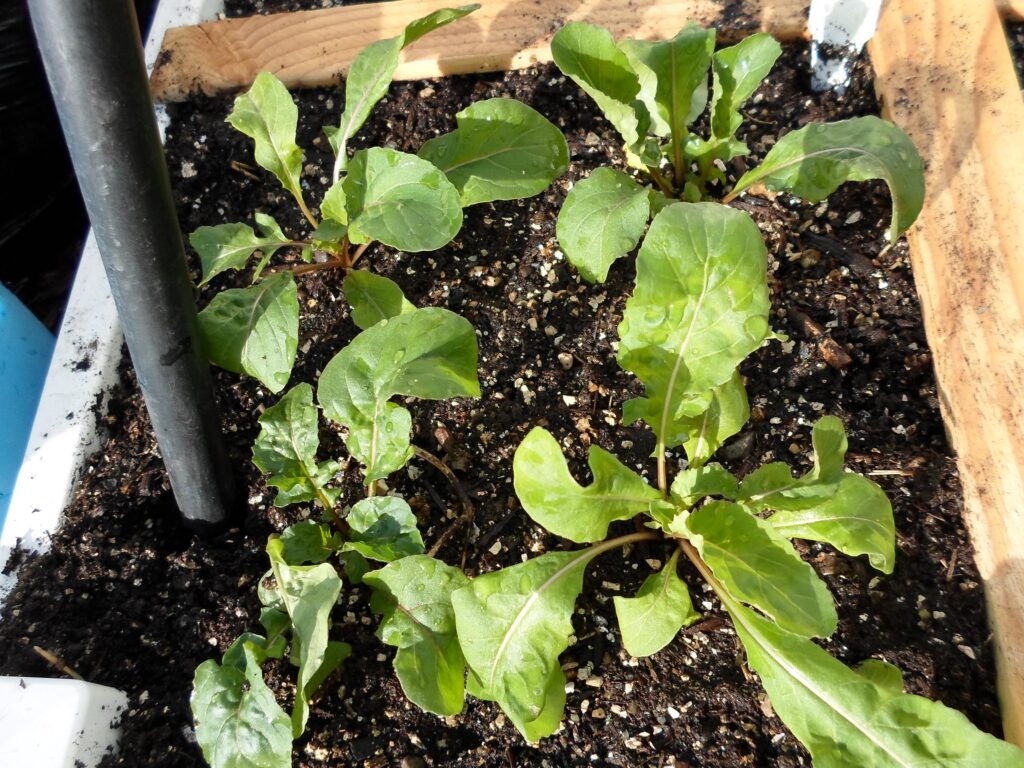 I’ve never liked arugula. It was always to spicy, too hot. I could pick it out of a mixed salad right away without even seeing it.
I’ve never liked arugula. It was always to spicy, too hot. I could pick it out of a mixed salad right away without even seeing it.
One evening I was at a really nice restaurant where they had a set menu for the event I was attending. When I got there the salad dish had already been placed on the table. It was very good. I heard the server (old school = waiter) tell the person next to me we were eating a mixed arugula salad. What? I couldn’t taste that edgy salad green at all!
Sure enough, as I looked closer I could spot the arugula. I asked the server where they got it and he told me it was a commercial greenhouse operation about 20 miles to our west. I got the name of the business and gave them a call. While they did confirm they do service the restaurant I was at, they also told me they don’t grow the arugula-the get it from a farm in California. After pestering the person on the phone, she finally gave me the name of the farm-Earthbound. We all know Earthbound.
I then called Earthbound Farms. I told them of my experience eating a salad I thought I would never like and how I was able to trace the product to them. I’m leaving out a lot of the story but this took a lot of detective work. I explained to Earthbound that I simply wanted to find out what variety of arugula they grew. “I’m sorry but that is proprietary information and we don’t give that out.”
I told her I wasn’t a competitor and that I’m a simple home gardener living 800 miles away and am no business threat to them. It did no good.
So I began trialing lots of different kinds of arugula over the years. After much time, I think I found the variety. If I didn’t, I can at least grow an arugula that I like which adds a nice touch to my mixed salad greens.
It’s Astro arugula. But I still had some work to do as it still ended up with too much edge for me. Thinking back to my dining experience, this was during the holiday season. Cold. Chilly. Snow. The breakthrough was discovering that if you grow arugula in cooler weather and harvest it as a baby green, it looses a lot of the edge. That’s the secret to those who don’t like arugula because of it’s spice. Try growing Astro in the early spring and then again for a fall harvest. It really makes a big difference when grown in cooler temperatures.
